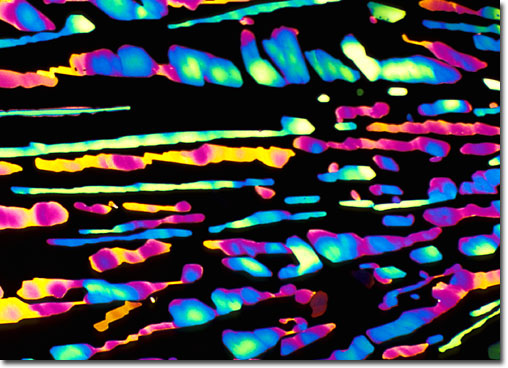Paraquat
View a second image of paraquat.
|
This powerful defoliant is a member of the bipyridylium class of pesticides. The two most important herbicides in this group are paraquat and diquat, both of which are contact herbicides that damage plant tissues quickly, causing the plants to appear frostbitten because of cell membrane destruction. This rapid degeneration occurs within hours of application, making these novel herbicides also useful as preharvest desiccants for seed crops, cotton, soybeans, sugarcane, and sunflowers. Diquat is sometimes used in aquatic weed control, and paraquat applications include stubble clearing, pasture renovation, inter-row weed control in vegetable crops, and weed control in plantation crops. Paraquat earned a degree of notoriety several years ago when the United States government collaborated with the Mexican government to treat marijuana fields with the defoliant. Many drug users who were exposed to paraquat-laced marijuana developed nosebleeds, headaches, vomiting, and breathing disorders. |
© 1995-2022 by Michael W. Davidson and The Florida State University. All Rights Reserved. No images, graphics, software, scripts, or applets may be reproduced or used in any manner without permission from the copyright holders. Use of this website means you agree to all of the Legal Terms and Conditions set forth by the owners.
This website is maintained by our
|
